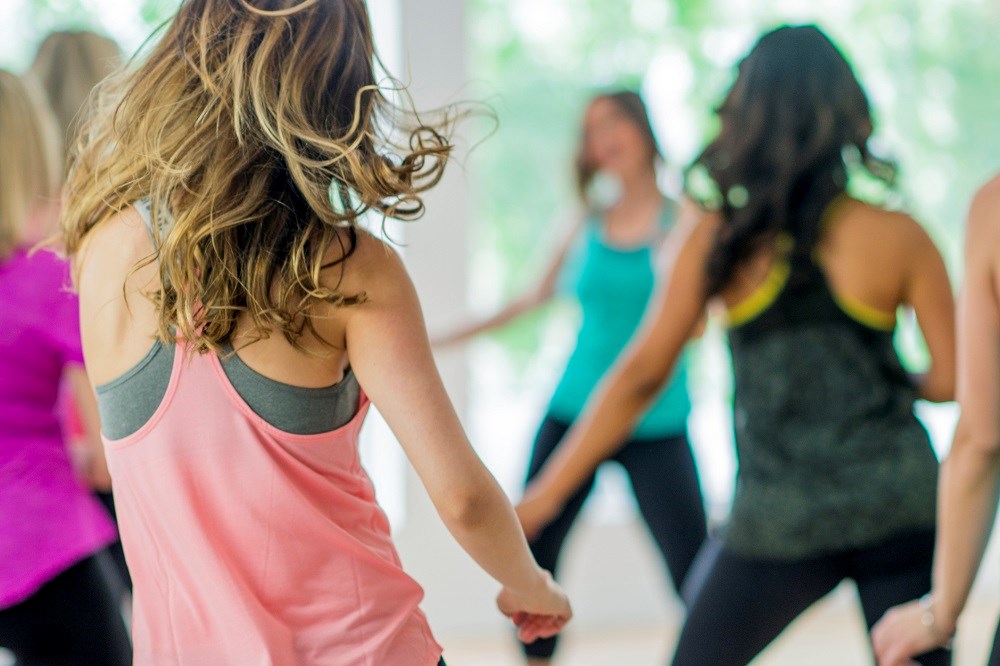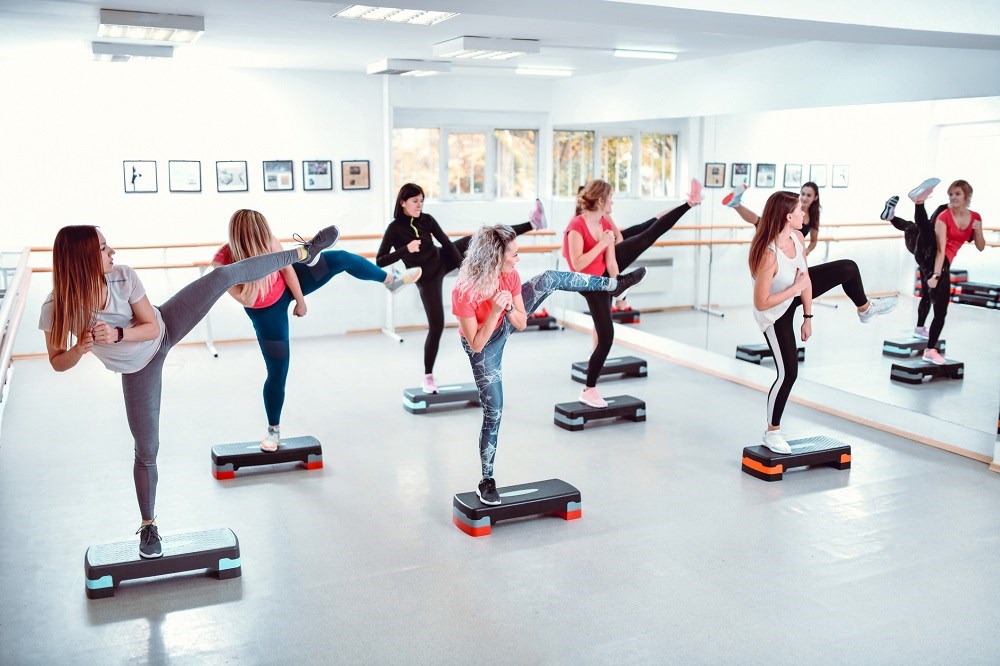What can a dance fitness class teach us about ELT?
In all honesty, I wasn’t too sure a dance fitness class was for me: I was a ballet dancer for quite a long time as a teenager and a trendy dance fitness class felt a little over the top for someone like me. For those of you who may not be familiar with this latest(ish) trend in fitness (incidentally, also not my strongest suit), the most well-known dance fitness class uses Latin American music and draws on, among other things, aerobics, salsa, mambo and hip hop.
So I got over myself and tried a class. I wasn’t anticipating that my ELT self would follow me into such a different type of classroom, and yet, it did! Apparently, reflective practice really does come from the most unexpected places. Zwozdiak Myers (2012: 5) defines reflective practice as ‘a disposition to enquiry incorporating the process through which (...) teachers structure or restructure actions, knowledge, theories or beliefs that inform teaching for the purpose of personal professional development’. We also know from research on teacher cognition that language teachers hold beliefs about education and language teaching which come from their learning and teaching experiences, as well as life experiences (Borg, 2006).

So what did the dance fitness class teach me about ELT?
I huffed and puffed for an hour in a fairly crowded room, with a lovely, if slightly loud, instructor showing us the steps as we went. This experience gave me invaluable insights into the learner role, and I believe this could be applied to many of our learning experiences as teachers. Here are the five key lessons I learned from my dance fitness class:
1. Learners have different emotional responses and levels of comfort in our classroom
Sure, I was there out of free will and could refuse to do whatever I wasn’t comfortable with. Nevertheless, when you’re in a room with another 15 people who seem to be okay with what’s happening, you do feel out of place when you’re not comfortable with what you’re required to do in the class. Realising how uncomfortable I was with some of the steps in the choreography made me think about how seemingly innocuous classroom activities which are part of my teaching routines, such as talking about one’s lives, can make students anxious or uncomfortable.

2. Being funny doesn’t always work
Possibly in an attempt to make those of us who were new to the class feel more comfortable, our instructor used humour quite a bit. I myself use humour in my classes and have always been told during classroom observations that it was one of my best traits as a teacher. However, I realised two things in my dance fitness class: humour didn’t really make me feel less awkward and the chitchat felt like a huge waste of time, considering the effort I had had to put into travelling to the class and showing up on time. This made me re-evaluate the extent to which humour actually works in my teaching.

3. Learners come to class with pre-existing beliefs about language learning
As I mentioned, I was a classical dancer for many years when I was younger. Although I know and recognise there are many forms of dance, ballet remains the quintessential type of dance for me, on an instinctive level. Being faced with such different moves, some of which felt really ungraceful to me, clashed with my previous learning experiences, which told me that that wasn’t what real dance was. When I transposed this experience to English Language Teaching, I remembered that there is research suggesting that learners can be reluctant to embrace innovative, affordance-based and communicative teaching (Barcelos, 2000), believing that learning a language means learning vocabulary and grammar – just like I thought pas de bourrée and battement jeté were what dance was really about. I concluded that whenever possible, finding out more about my learners existing beliefs before starting a course, perhaps as part of a Needs Analysis, should become an integral part of my work.

4. Learners come to class with their own motivation
Let’s be honest here: I was only in the dance fitness class because I needed to get healthier. Doctor’s orders and all that. So in reality, my motivation was instrumental and extrinsic: I was interested in the concrete benefits I would gain from going to such classes, but didn’t have much of an intrinsic enjoyment of the activity. I realised this made it much easier for me to quit, which I did without even looking back too much (sorry, Doc!). When this is translated into ELT terms, we know from the research that the higher degree of internalisation of motives to learn the language, the higher the commitment and persistence students will have in learning in the long term. This made me think about focusing more on finding activities that learners can genuinely enjoy and that have relevance to their present and future goals (I find TBLT is a good option to pursue this).

5. Learners need time to think
In the dance fitness class, there was no time to rehearse the steps before dancing: you followed the instructor and learned as you went. As much as we know that learning styles are now acknowledged to be a bit of an educational myth, so there probably isn’t much point catering specifically to ‘reflective’ learners, it’s fair to say that some of us are simply more reflective and introverted. We also know that thinking time before producing language can be beneficial. This is especially important now that many of us are about to start a new online or hybrid semester: for example, asynchronous communication (e.g. via chats or texts) can lead to more syntactically complex production than synchronous communication on account of the thinking time students have.

So should we all take dance fitness classes to enhance our reflective practice in ELT?
I don’t believe I am in a position to recommend such drastic measures: dance fitness classes can be challenging and, much like learning a language, it can imply exposing oneself and stepping out of one’s comfort zone. However, the experience taught me so much about what my students might go through in my classes, that now, in keeping with current times, I might very well attend some online fitness classes to understand my students’ struggles with remote teaching. I’ll keep you posted!
What about you? Have you ever learned about your teaching from a new learning activity? Let us know in the comments!
References
Barcelos, A. (2000). Understanding teachers' and students' language learning beliefs in experience: A Deweyan approach. Thesis, University of Alabama.
Borg, S. (2006). Teacher cognition and language education: research and practice. London: Continuum.
Zwozdiak-Myers, P. (2012). The teacher’s reflective practice handbook. Becoming an extended professional through capturing evidence-informed practice. New York: Routledge.

Comments
Write a Comment
Comment Submitted